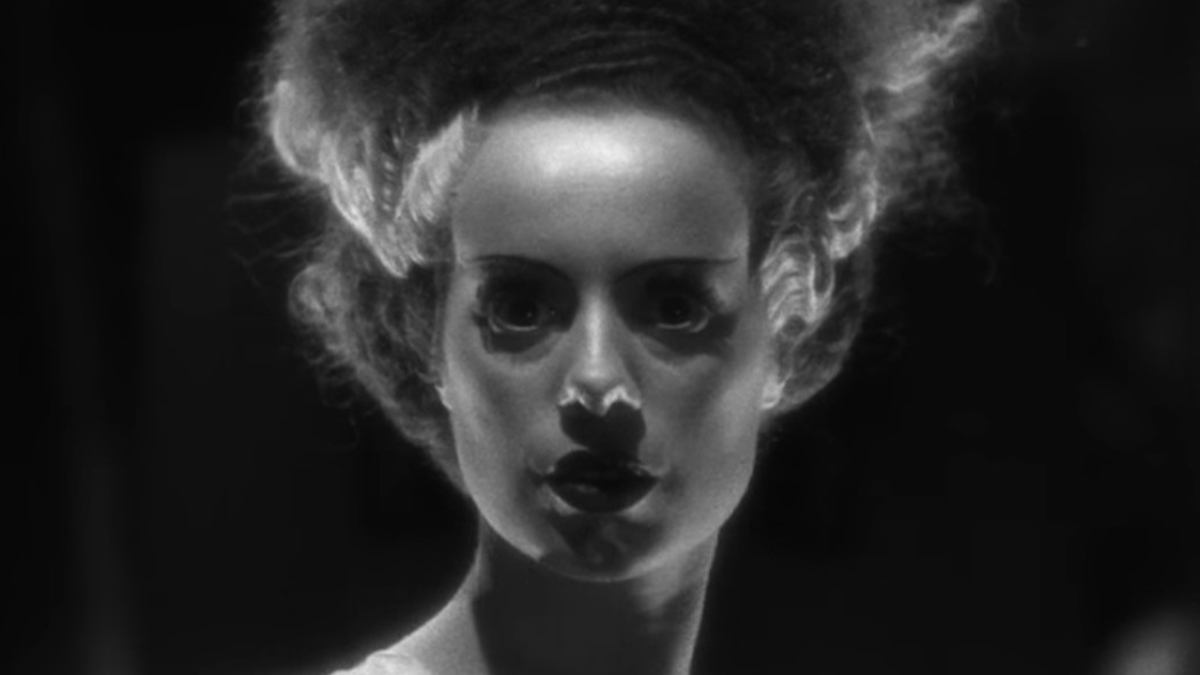
Human beings have told stories featuring monsters since the dawn of time. With the advent of movies, we still maintain that tradition with countless monster movies to pick from. But which of them are actually the greatest of all time?
Starting with the 1915 German silent film The Golem, co-directed by Paul Wegener and Henrik Galeen, monster movies have been a popular attraction and subgenre of horror and adventure. While monster movies artistically explore ancient evils, they sometimes also represent the cutting edge of technology, with all kinds of movie monsters demanding different kinds of technical sophistication in order to come to life. (Other times, it’s a guy in a costume, and that can still be scary when done right.)
With the ongoing success of monster movies at the box office, we rank some of the greatest monster movies of all time, from the horrific to the hilarious to everything in between.
35. The Last Voyage of the Demeter (2023)
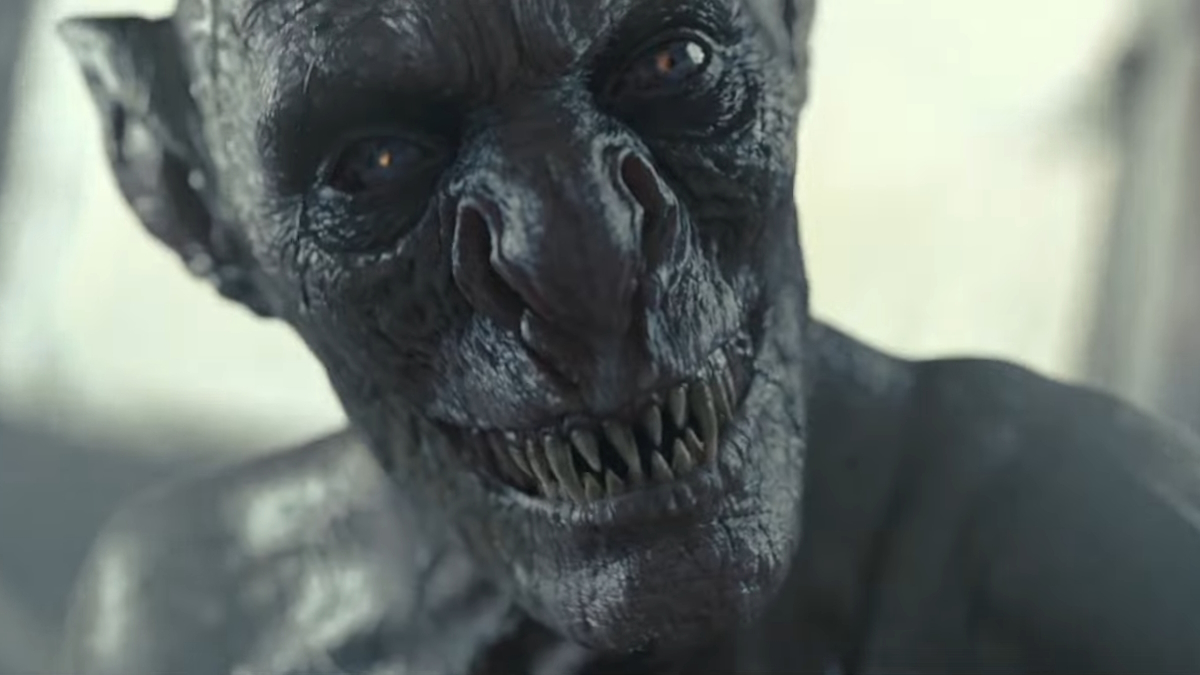
Quite literally taking a page from Bram Stoker’s Dracula, André Øvredal’s 2023 film The Last Voyage of the Demeter adapts the chapter “The Captain’s Log,” in which the captain of the doomed ship Demeter recounts in horrifying detail the awakening of Dracula in their cargo. A muscular creature feature set on the high seas that makes ample use of dark and dim lighting, The Last Voyage of the Demeter is a worthwhile installment in the vast canon of vampire movies that features an especially monstrous twist on the granddaddy of all vampires.
34. The Blob (1958)
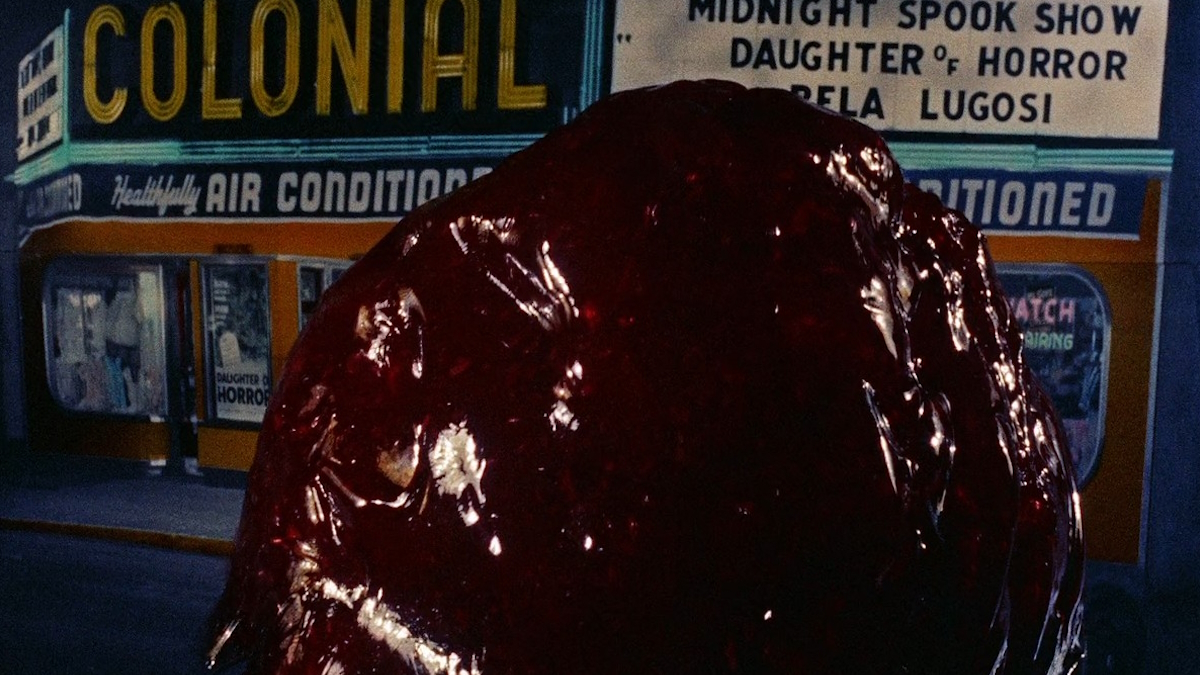
B-movie horror is in fine, gooey form in Irvin Yeaworth’s campy monster flick The Blob. Starring a young Steve McQueen early in his movie career, The Blob tells of an evil alien substance that slowly grows in size and overtakes a small town in Pennsylvania. While The Blob is too campy to raise any real scares out of all-consuming gelatin, The Blob is still a can’t-miss piece of archetypal sci-fi horror that wholly represents the kind of cheap movies that teenagers flocked to in the ‘50s.
33. A Monster Calls (2016)
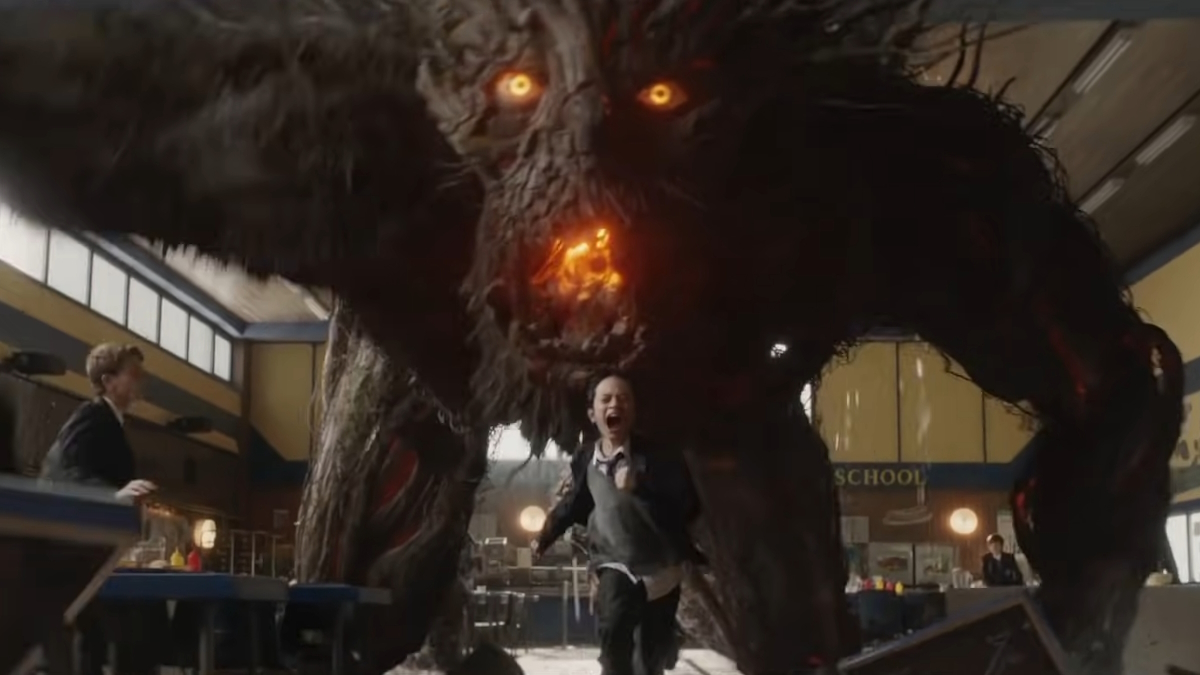
In director J.A. Bayona’s elaborate metaphor for familial grief, a young English boy (Lewis MacDougall) prepares for the death of his terminally ill mother (Felicity Jones). He befriends a giant, talking tree (voiced and performed in motion-capture by Liam Neeson) who tells him instructive stories that contain lessons the boy will soon need. Majestic and moving, A Monster Calls shows that the things that actually scare us aren’t monsters but the things we’d rather not acknowledge.
32. Creature From the Black Lagoon (1954)
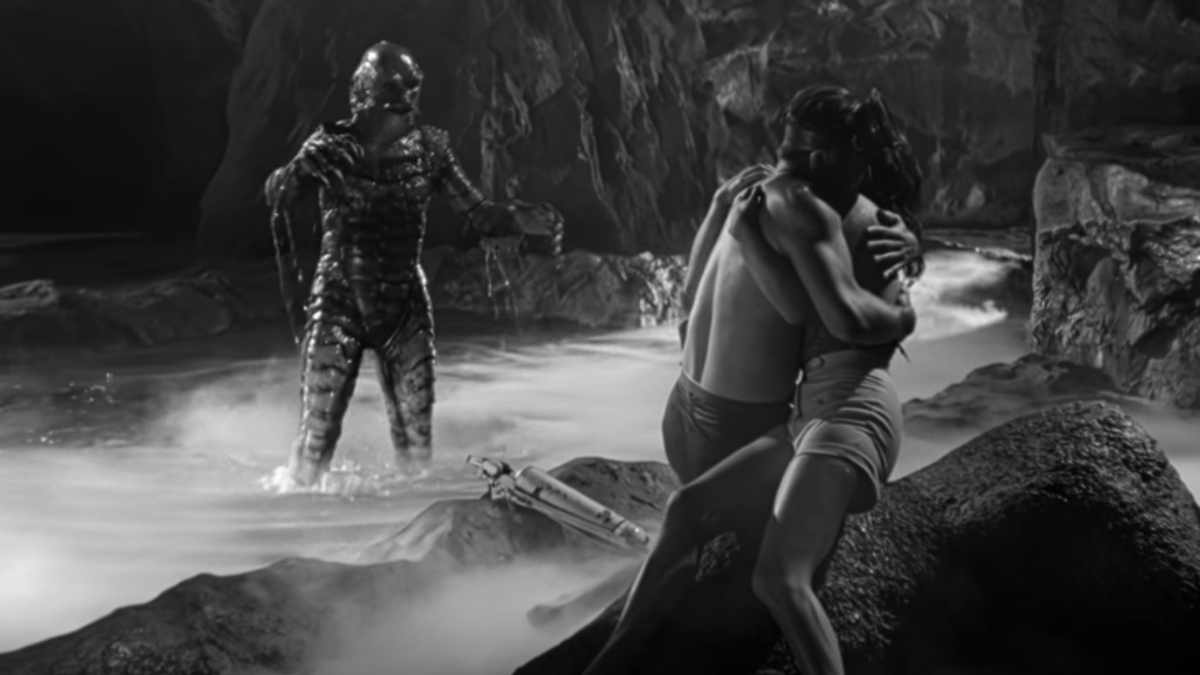
In the twilight of the Universal Monsters series came Jack Arnold’s classic swamp horror Creature From the Black Lagoon. Set in the Amazon, a team of scientists - including the beautiful Kay, played by Julia Adams - investigate the origins of a strange skeleton. What they soon find is a face-to-face confrontation with a humanoid fish creature intent on killing them for trespassing. A seminal monster movie that has been remade, homaged, and lampooned endlessly since its release, Creature From the Black Lagoon still keeps a tight grip with timeless artistic designs.
31. Tremors (1990)
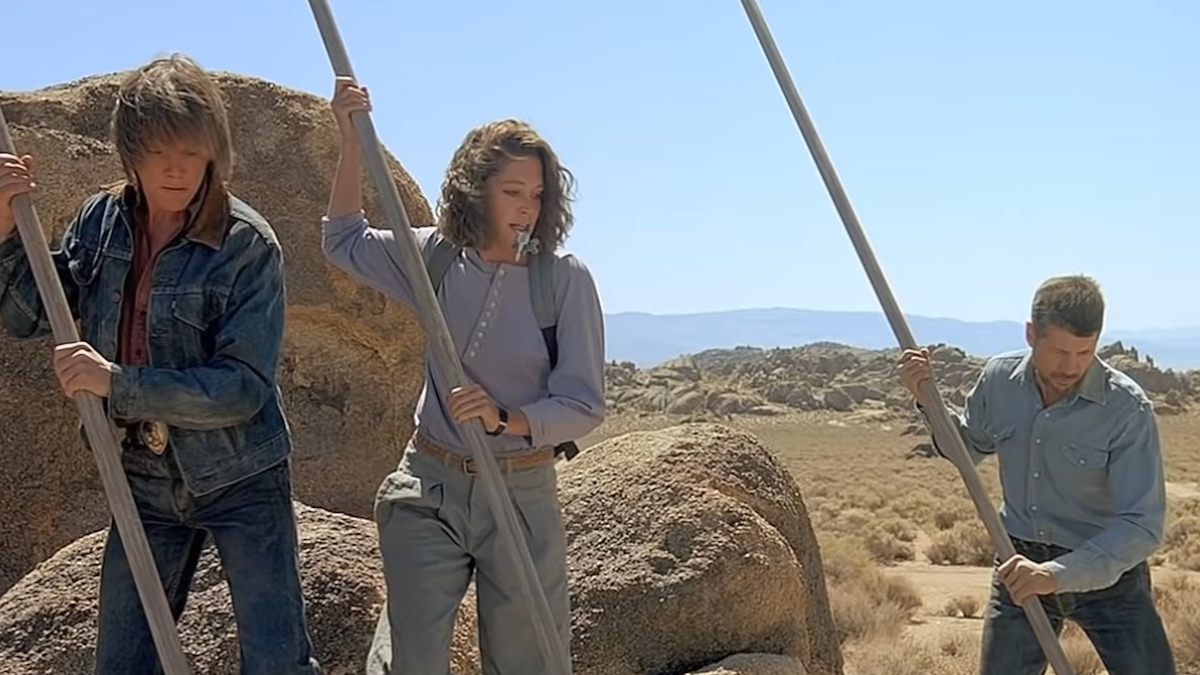
In this loving homage to bygone creature features, Tremors masterfully balances horror and humor, with Kevin Bacon in the lead role as a Nevada handyman trying to outrun ancient, worm-like monsters. The movie originates from writers S.S Wilson and Brent Maddock, who once worked for the U.S. Navy making safety videos. One day while working in the desert, they started imagining a monster rising from out of the land. National Geographic documentarian Ron Underwood provided some assistance to fine-tune their creature into something that could actually exist in real life; Underwood later joined the project as the movie’s director.
30. Gremlins (1984)
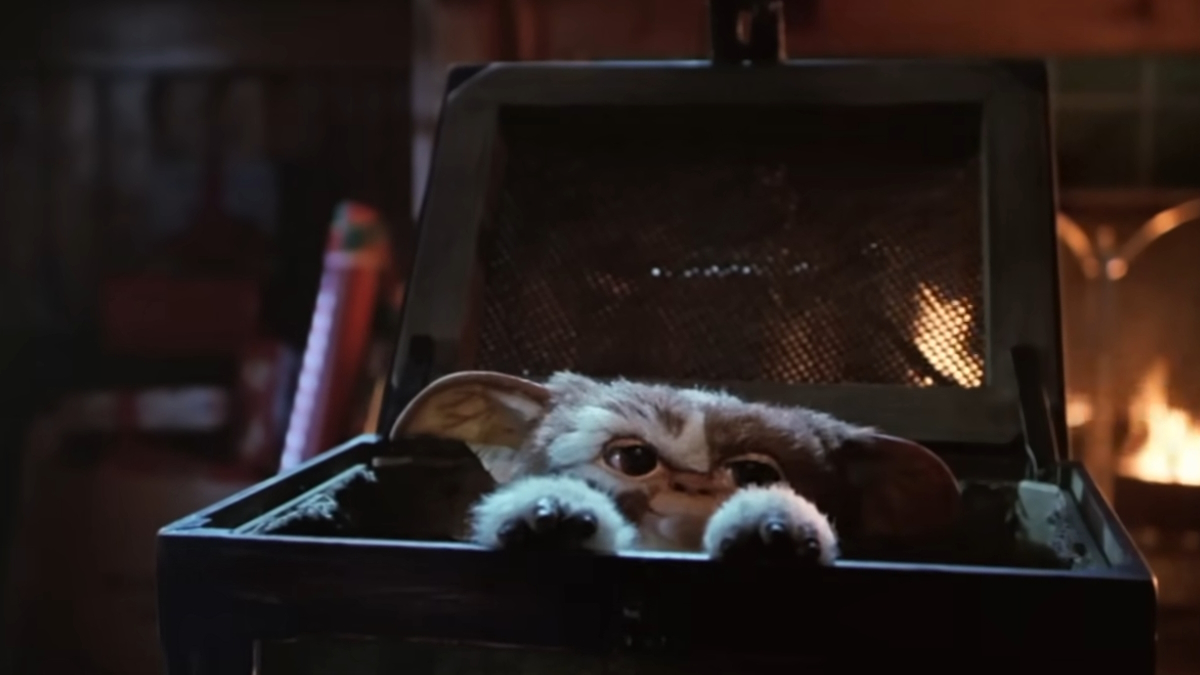
One of the few horror movies that works on both Halloween and Christmas, Joe Dante’s Gremlins tells of angry, feral creatures who spawn in great numbers and unleash chaos on Christmas Eve. Combining both Chinese folklore (the creatures are named mogwai, Cantonese for evil demons) and British urban legend (“gremlins” were creatures said to cause malfunctions for Royal Air Force fighters in the skies), Gremlins is classic Amblin-era movie mayhem that is both horrific and hysterical.
29. The Fly (1986)
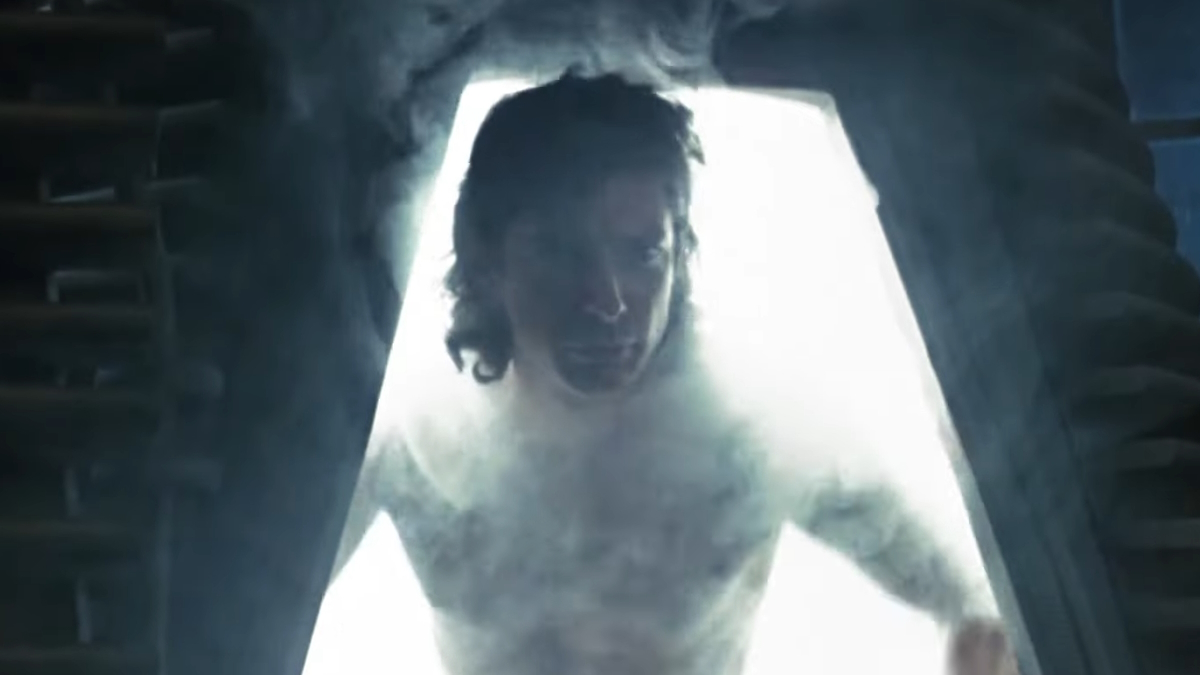
One of David Cronenberg’s most buzz-worthy movies, The Fly stars Jeff Goldblum as a scientist who slowly turns into a half-human, half-fly creature after an experiment goes awry. A magnificently creepy that demonstrates Cronenberg’s grotesque body horror sensibilities and makeup effects worthy of an Oscar (the film won an Academy Award for Best Makeup at the 59th ceremony), The Fly is sensational as it is subterranean.
28. Ringu (1998)
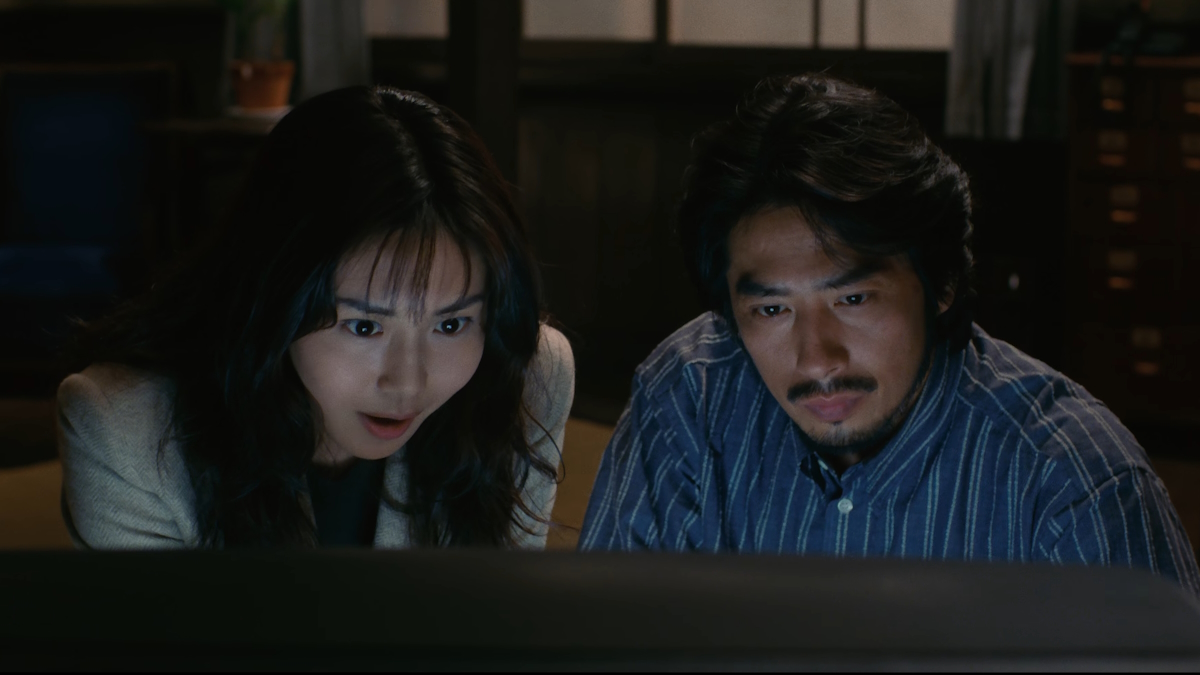
Influential on both sides of the Pacific Ocean, Hideo Nakata’s horror movie Ring (titled Ringu in the U.S.) is easily one of the most important movies of the late 20th century. The movie tells of a cursed video tape in which the viewer must pass it on or else they are doomed to die one week later at the hands of Sadako, a sinister ghost of a dead girl who crawls out of their nearest television screen. Ringu not only reinvigorated the popularity of horror in its native Japan, it also introduced the restrained stylings of J-horror to a rapturous western audience. In 2002, Gore Verbinski directed the Hollywood remake The Ring. While critics remain divided on its quality, The Ring was its own phenomenon, proving that some stories will always travel far.
27. It (2017)

Over 20 years after Stephen King’s 1986 horror epic It became a cult TV miniseries, it went even bigger on the silver screen under the helm of director Andy Muschietti. Featuring an ensemble cast of young actors including Sophia Lillis, Jack Dylan Grazer, and Finn Wolfhard - plus Bill Skarsgård as the monstrous Pennywise - the movie explores one-half of King’s novel, when the Losers’ Club are adolescents in their small town of Derry, Maine. While the middling sequel It: Chapter Two followed the characters as adults, the 2017 predecessor is a handsome work of blockbuster horror that shows big budgets can still send chills down the spine.
26. Pan’s Labyrinth (2006)
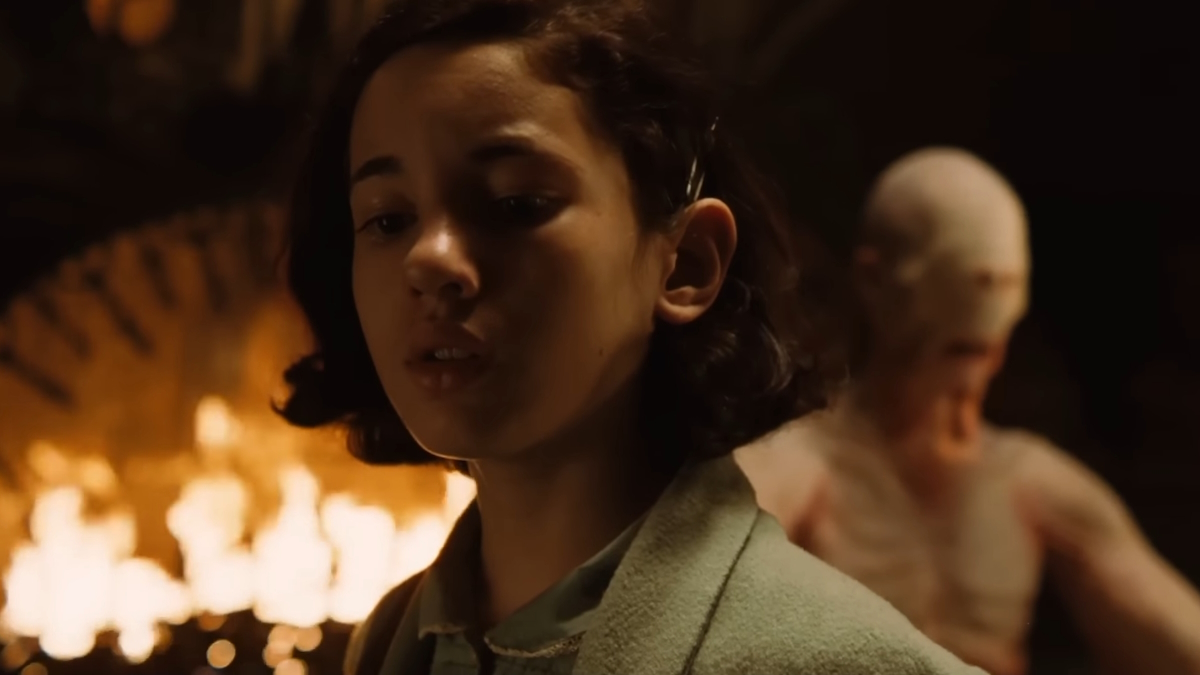
A dark fantasy classic from Guillermo del Toro, Pan’s Labyrinth is lyrical as it is political in its tale about a young girl named Ofelia (Ivana Baquero) living in Francoist Spain who finds a mythical world inhabited by incredible creatures. It notably features the mesmerizing Doug Jones, appearing in impeccable makeup and costuming as both the Faun and the eerie Pale Man. Pan’s Labyrinth is one of del Toro’s finest movies, brimming with allegory about the hellish ways authority stamps out innocence.
25. Tetsuo: The Iron Man (1989)
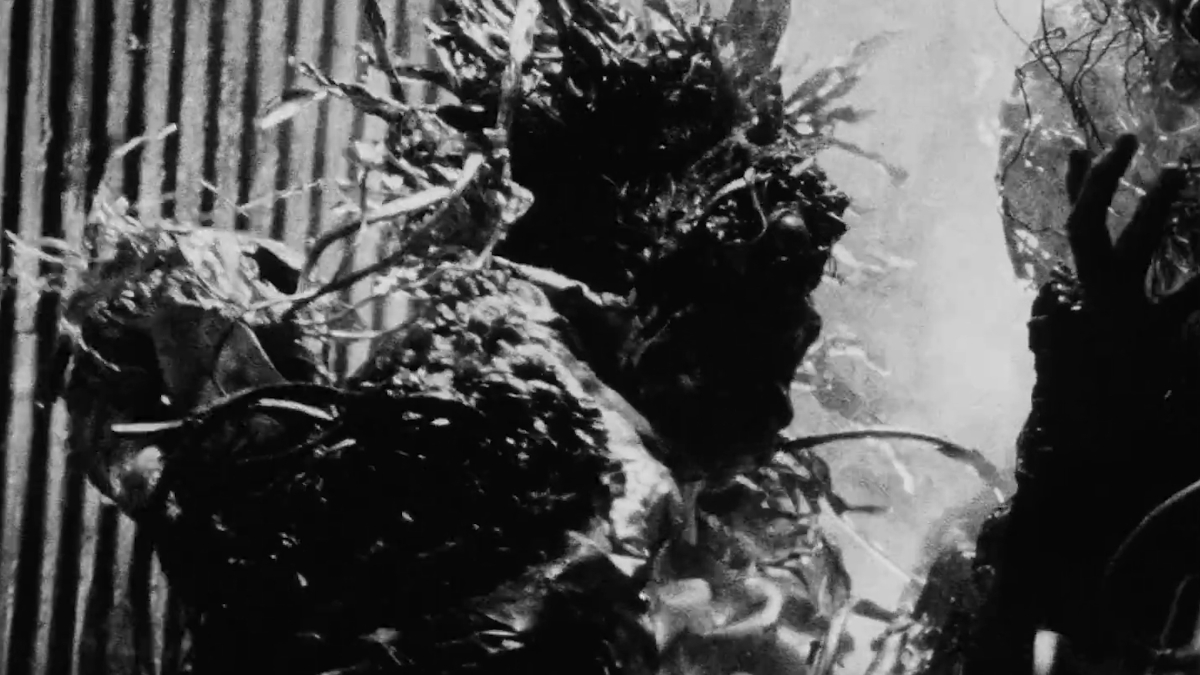
In this striking debut from director Shinya Tsukamoto, a Japanese salaryman wakes up to find himself slowly turning into a monster with metal hardware protruding out of his body. The only connection he develops is with a victim of a hit-and-run accident, who is also falling ill to the same strange ailment. An elaborate metaphor for intimacy in a distrusting world, Tetsuo: The Iron Man introduced Tsukamoto as a darling of underground cinema and an equal to luminaries like David Cronenberg and David Lynch.
24. King Kong (2005)
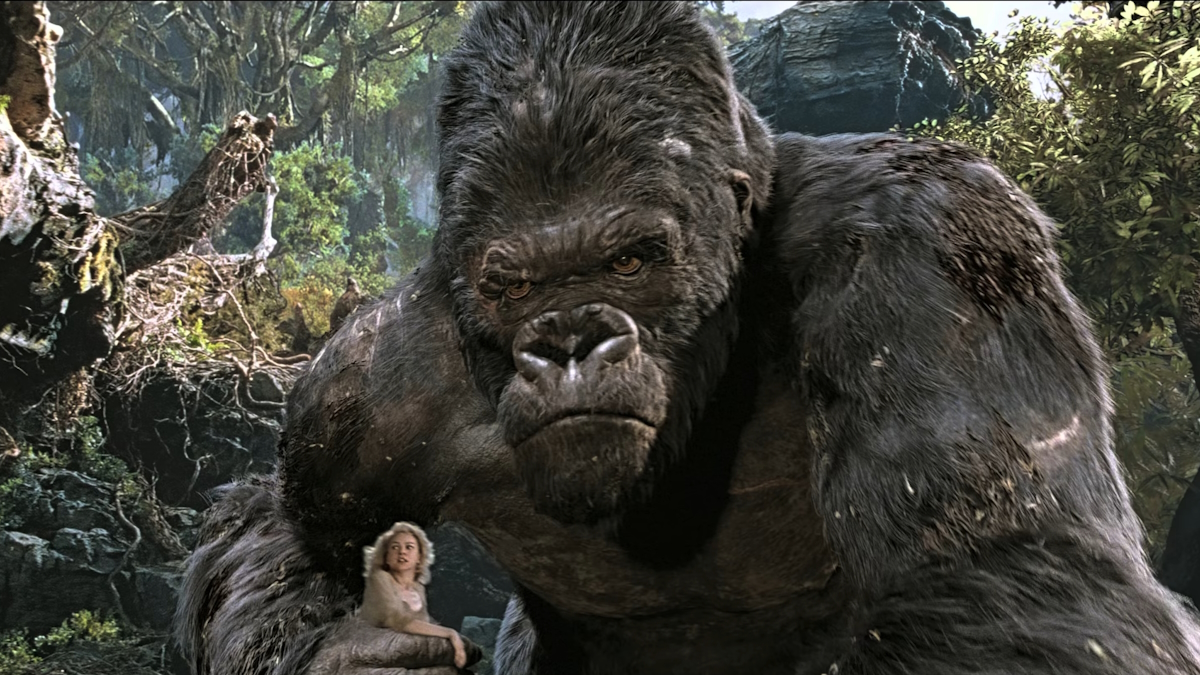
Hot off the heels of his groundbreaking, standard-bearing Lord of the Rings trilogy, Peter Jackson unleashed his maximalist sensibilities in his blockbuster remake of the 1933 classic. A technical marvel with an outrageous budget that ballooned to approximately $207 million, King Kong still wowed audiences to become one of the highest-grossing movies of 2005. While the rights to King Kong would return to Warner Bros. to help expand a shared universe with Godzilla, Jackson’s King Kong is a standalone wonder that still roars with ferocity after all these years.
23. Nope (2022)
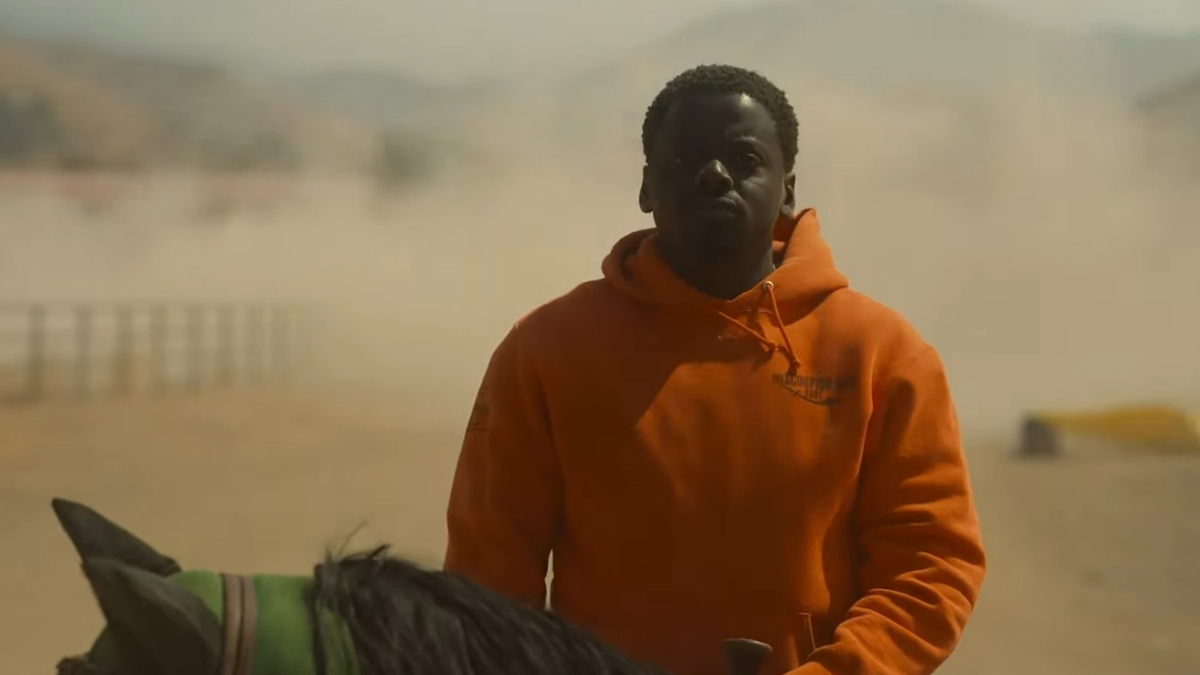
The third horror feature from auteur Jordan Peele, Nope is a searing science fiction horror movie about an alien who hides in plain sight and feeds off the organic matter of all living things. While playing on familiar alien invasion conventions - think flying saucers stealing cows from farms - Peele’s Nope carries a razor-sharp bite in its condemnation of the traumatizing ways Hollywood swallows up and spits out people’s dreams. The reveal of the alien “Jean Jacket” and its final form is both frightening and awe-inspiring, echoing the indescribable shapes of heaven’s angels as told in the Bible.
22. Halloween (1978)
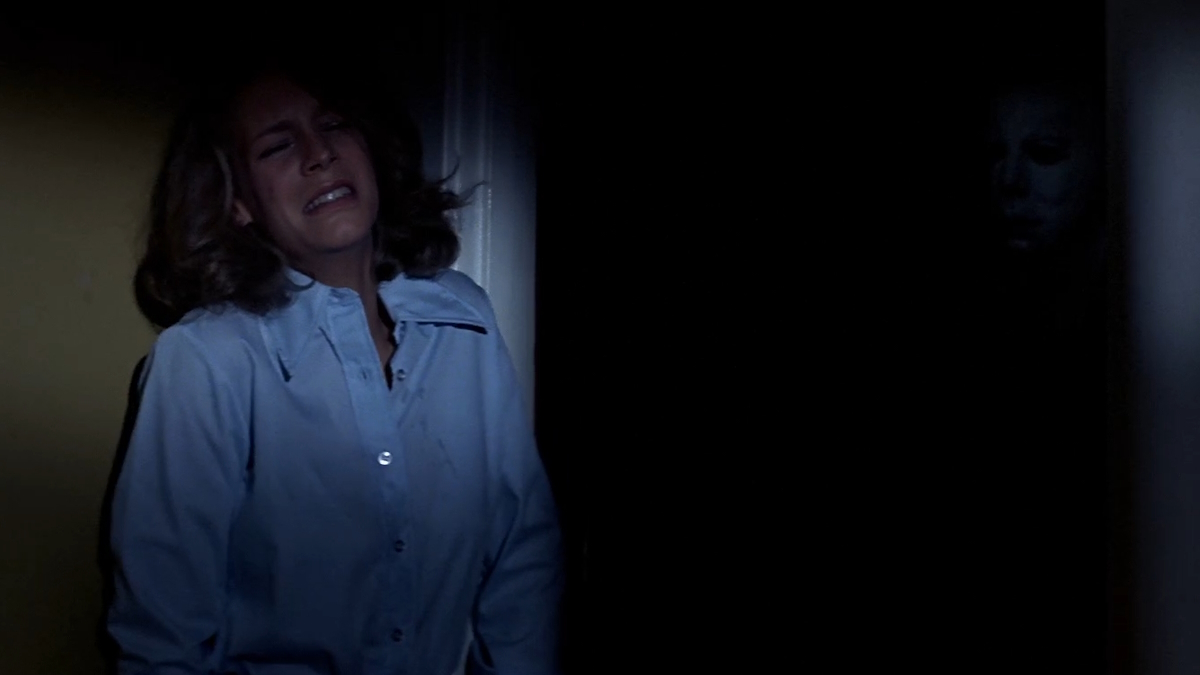
A seminal release that permanently set the standard for slasher films, John Carpenter’s mega-hit Halloween introduced the world to Michael Myers (Nick Castle) and destined Oscar-winner Jamie Lee Curtis as Laurie Strode, cinema’s first official “final girl.” On Halloween night, suburban teenager Laurie must survive the clutches of escaped killer Michael Myers, whose ghostly white mask (actually a repainted Captain Kirk mask) is never too far behind.
21. Horror of Dracula (1958)
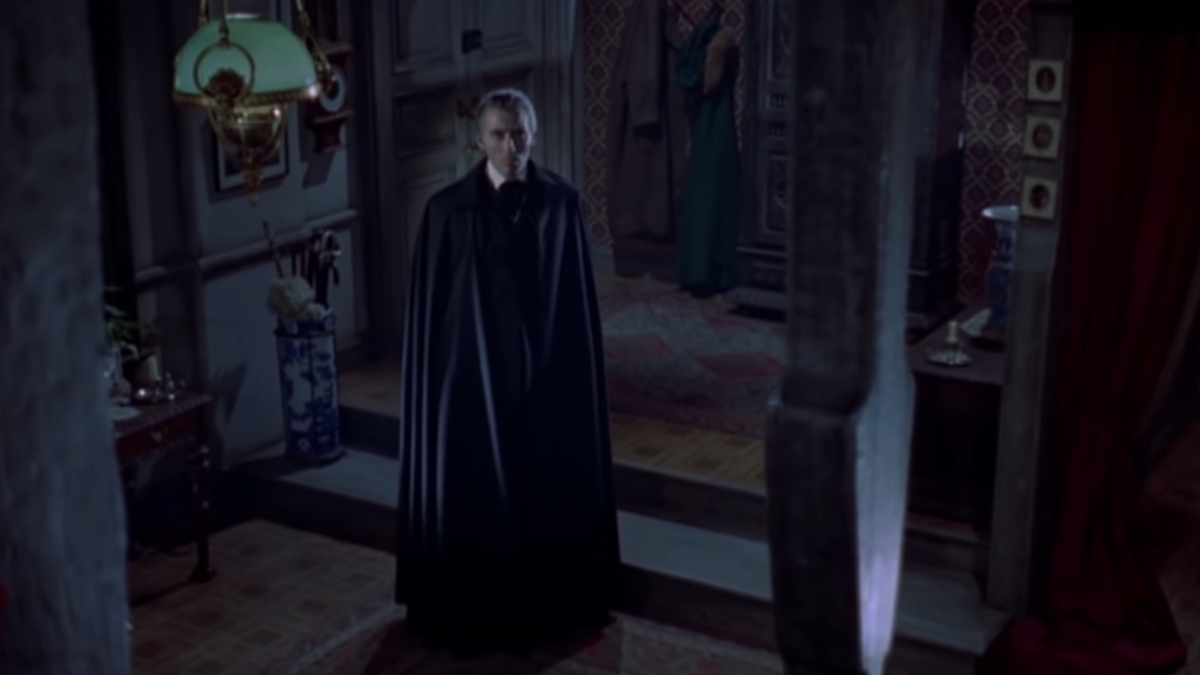
Although the 1931 feature Dracula released by Universal Studios is a towering classic that spawned the first real shared movie universe, Terence Fisher’s 1958 version - for British studio Hammer - is arguably even better. Starring Christopher Lee as a devilishly handsome Count Dracula and Peter Cushing as noble hunter Doctor Van Helsing, Horror of Dracula is simply British horror at its best, with more graphic imagery than its American predecessor to remind us all that Dracula is no cartoon mascot.
20. I Kill Giants (2019)
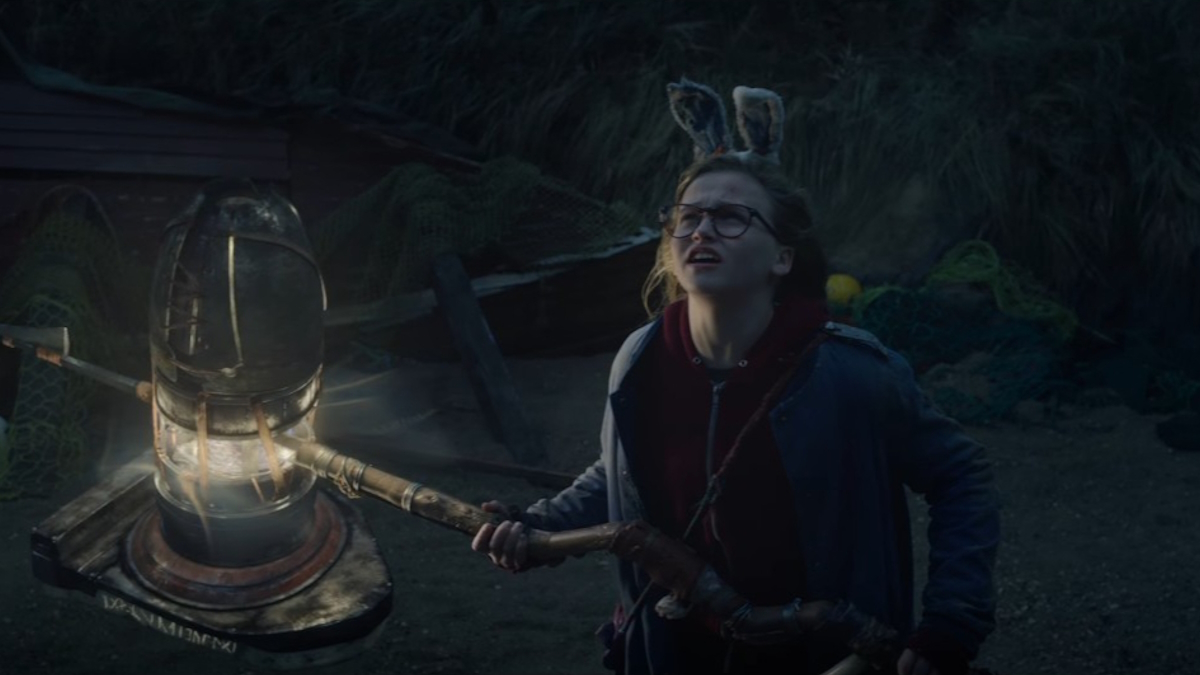
From Anders Walter and written by Joe Kelly (who co-wrote the original graphic novel with Ken Niimura), I Kill Giants is a fantasy drama about a young girl named Barbara (Madison Wolfe in an unforgettable performance) who frequently escapes into her own imagination - a place where giants walk the Earth - as a coping mechanism from real-world traumas. While everyone around her tries to snap her out of her daydreams, Barbara prepares to make her final stand against the biggest giant she’s ever seen. A cross between Tim Burton’s Big Fish with the video game Shadow of the Colossus, I Kill Giants towers above the competition with moving sincerity.
19. Lamb (2021)
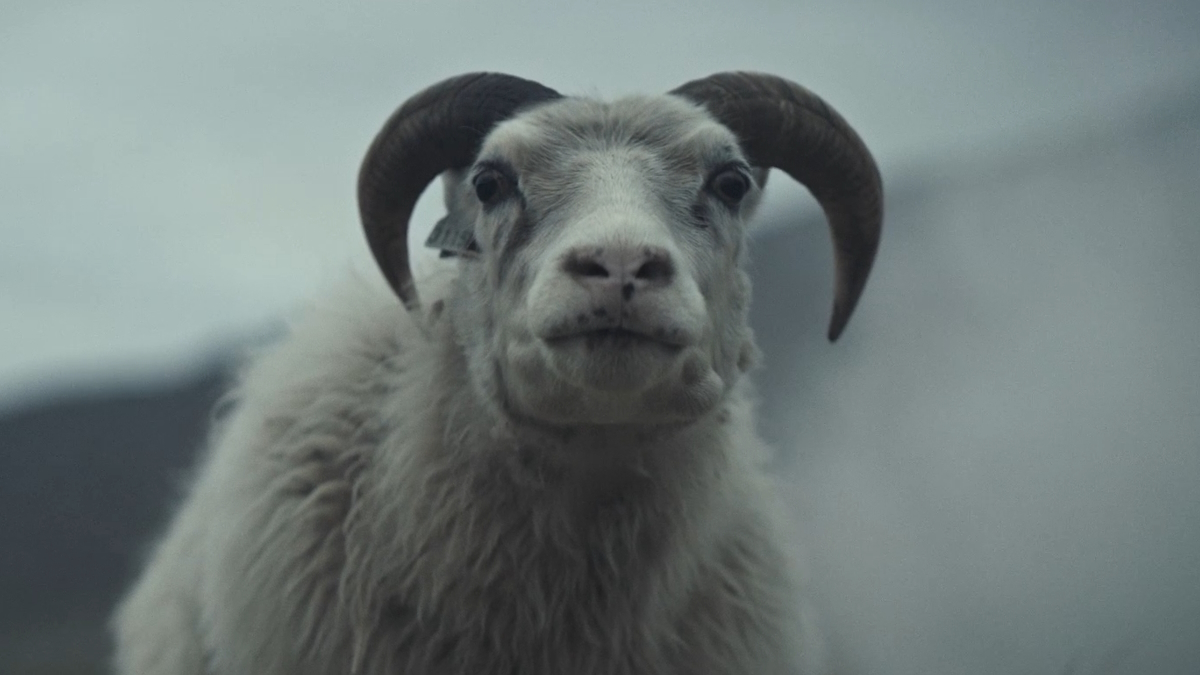
If any movie could feel like a condemnation against millennials infantilizing pets as “fur babies,” it would be Valdimar Jóhannsson’s 2021 feature Lamb. Noomi Rapace stars as a farmer (along with her husband, played by Hilmir Snær Guðnason) who are stunned to discover a half-human, half-sheep baby birthed by one of their animals. The farmers claim the child as their own, unaware that they’ll soon incur the wrath of its true father. Like Jaws, Lamb works so well because you never quite see the “monster” until you’re supposed to, at which point the sight of them becomes enough to turn every hair on your body stark white.
18. Underwater (2020)
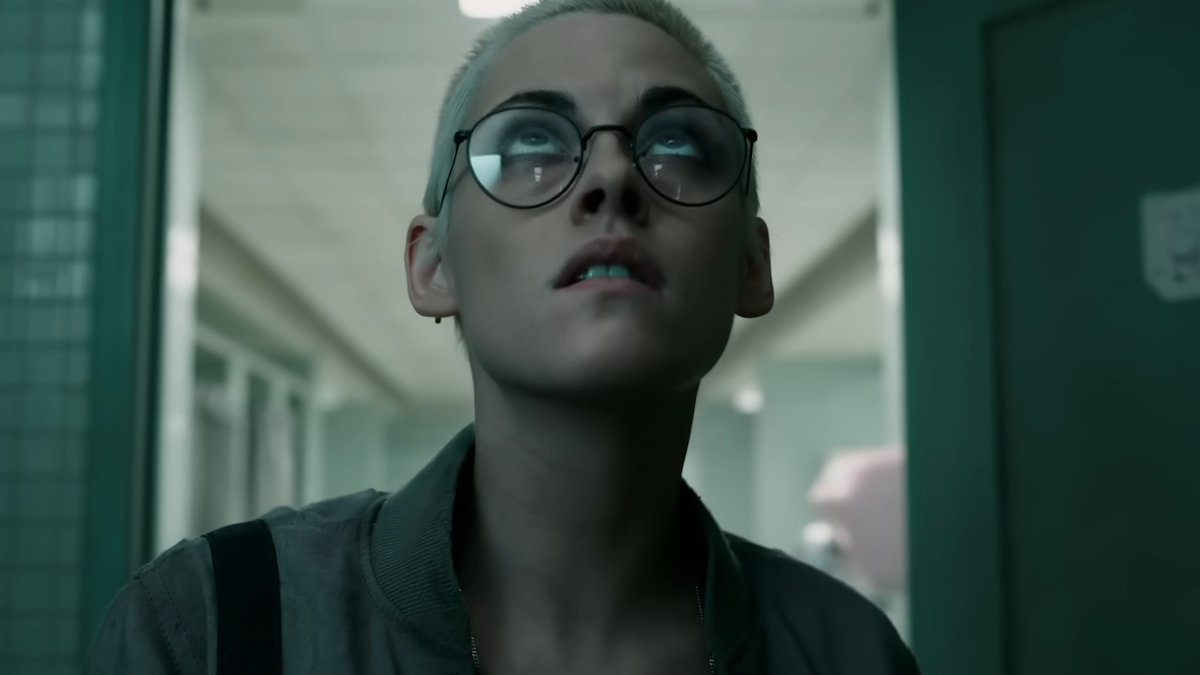
Recognized as the last movie released by 20th Century Fox before changing its name under new owners Disney, William Eubank’s sci-fi horror Underwater is a capable monster feature with a late-addition “twist.” Kirsten Stewart anchors an ensemble cast including Vincent Cassel, Jessica Henwick, and John Gallagher Jr., playing scientists and engineers at a deep sea facility in the Mariana Trench. Powerful earthquakes slowly destroy the facility, compelling the team to make a desperate escape. The end of the movie reveals that the earthquakes are not natural disasters caused by the Earth, but by the monster Cthulhu from H.P. Lovecraft’s mythos. While Underwater was not designed as a Cthulhu movie at first, Eubank chose to make his film based on Cthulhu, believing the entity boasts enough mysticism to inspire mystery.
17. Candyman (1992)
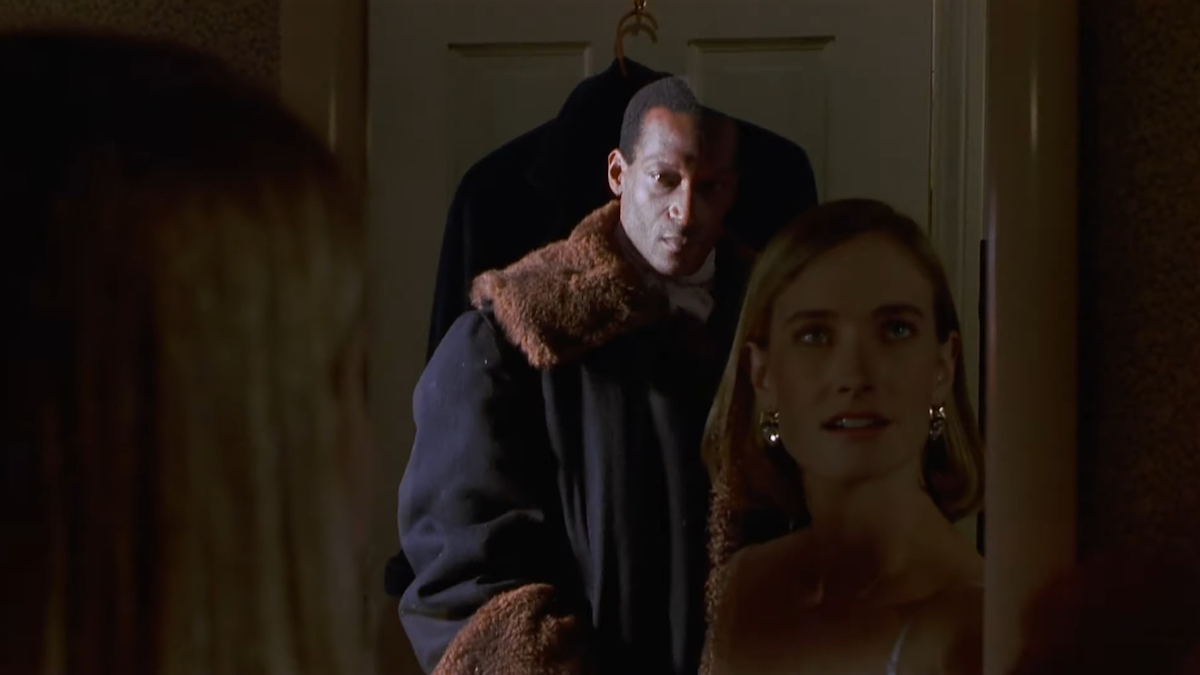
Say his name in the mirror five times - if you dare. Based on a short story by Clive Barker, Bernard Rose’s 1992 film Candyman tells of a spectral entity - an African-American man from the 19th century, killed over an interracial affair with a white woman - who is summoned by verbal chants of his name in front of a mirror. With a smoldering Tony Todd in the lead role, Candyman lives up to the legacy of horror as a way of using monsters to explore what really scares us; in this case, it’s the things from our past we dare not speak.
16. The Invisible Man (2020)
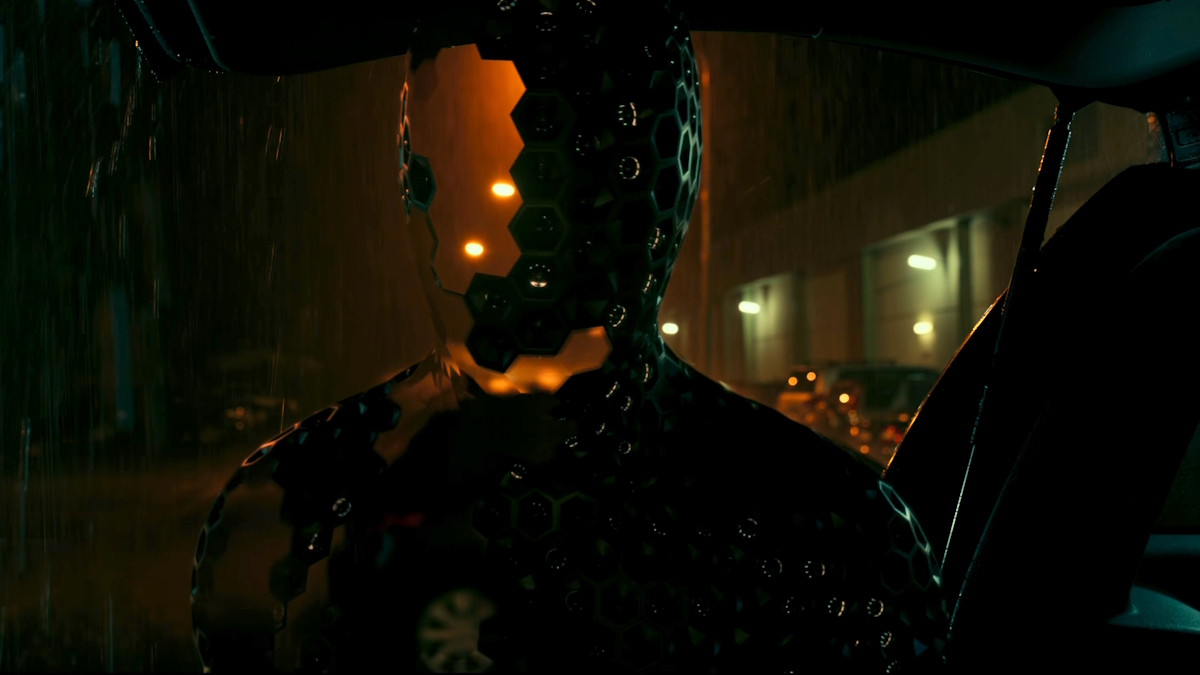
After the Dark Universe failed to take off, Blumhouse and Universal pursued a standalone remake of the 1933 classic The Invisible Man. From director Leigh Whannell and starring Elisabeth Moss, The Invisible Man reboots the story for the 21st century to follow a woman (Moss) who believes she’s being stalked by her deceased ex-lover (Oliver Jackson-Cohen), an affluent tech CEO. An unambiguous exploration of the ways abuse victims feel like they’re fighting a one-sided battle, and that no one else can “see” their victimization, The Invisible Man is a sublime example of how modern remakes can surpass even the most iconic predecessors.
15. Colossal (2016)
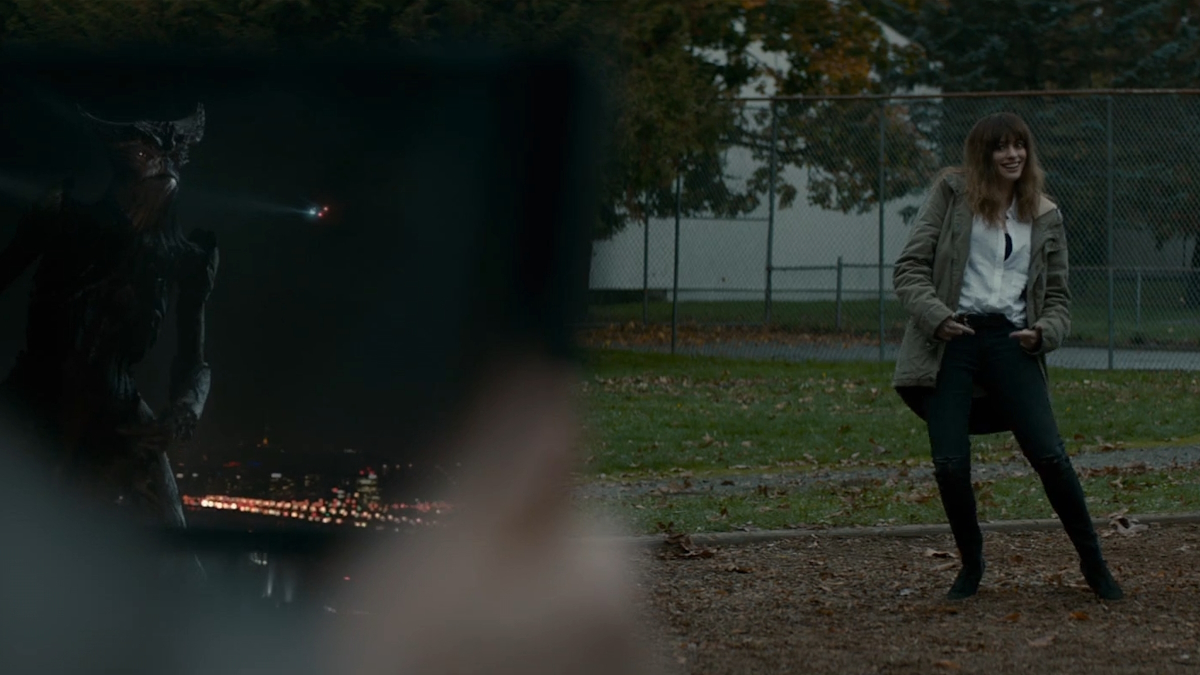
From Nacho Vigalondo, Colossal shows how a monstrous alter-ego can be a source of strength. In Colossal, an unemployed, alcoholic writer (Anne Hathaway) moves back into her childhood home and reconnects with an old friend, Oscar (Jason Sudeikis). In a bizarre twist of fate, Hathaway finds herself psychically connected to a giant monster terrorizing South Korea. A story about female agency and how men can make women feel small, Colossal is simply so much more than its (admittedly appealing) elevator pitch of “Anne Hathaway becomes Godzilla.”
14. An American Werewolf in London (1981)
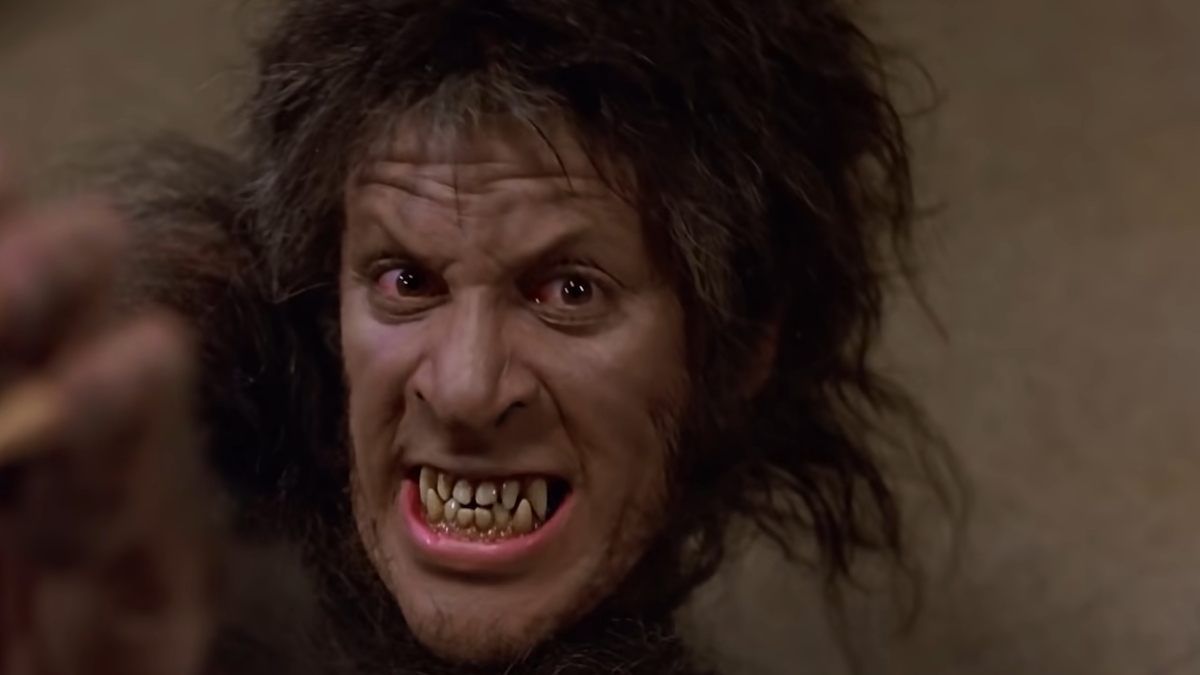
Put it this way: Without An American Werewolf in London, there would be no Michael Jackson’s “Thriller.” Written and directed by John Landis, An American Werewolf in London follows an American backpack traveler (along with a friend) is attacked by a hideous unidentified creature. Waking up in a hospital in London, the man learns from his friend’s ghost they were attacked by a werewolf - and that he is now one too. An influential film that impeccably balanced comedy and horror, An American Werewolf in London is also remembered for its stunning creature effects. It’s no wonder that Michael Jackson enlisted Landis to turn him into a zombie in what is still one of the greatest music videos of all time.
13. Ghostbusters (1984)
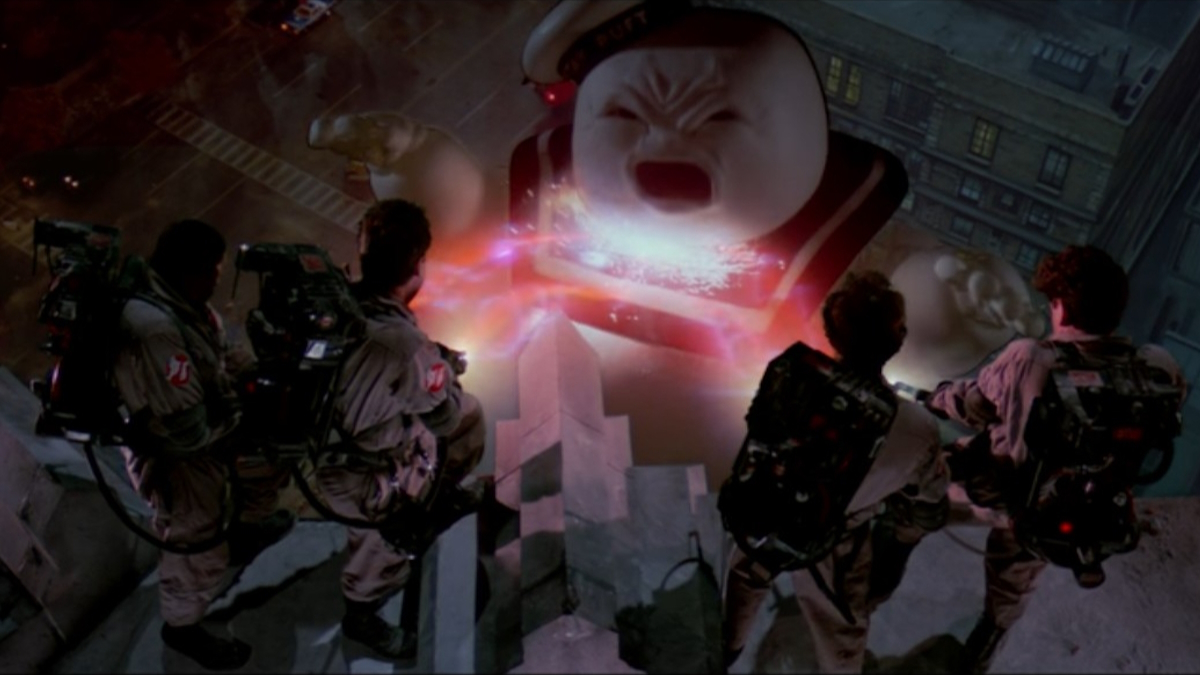
Who you gonna call? Thanks to Ghostbusters, we know what to dial when there’s something strange in the neighborhood. Conceived by comedian Dan Aykroyd based on his own family’s history with the paranormal, Ghostbusters made genre-hybrids popular, allowing audiences - and kids especially - to be excited and scared in equal measure. With memorable monsters like Gozer, the Terror Dogs, and the oversized Stay-Puft Marshmallow Man, Ghostbusters is a true monster flick disguised as a going-into-business comedy set in 1980s New York City.
12. The Shape of Water (2017)
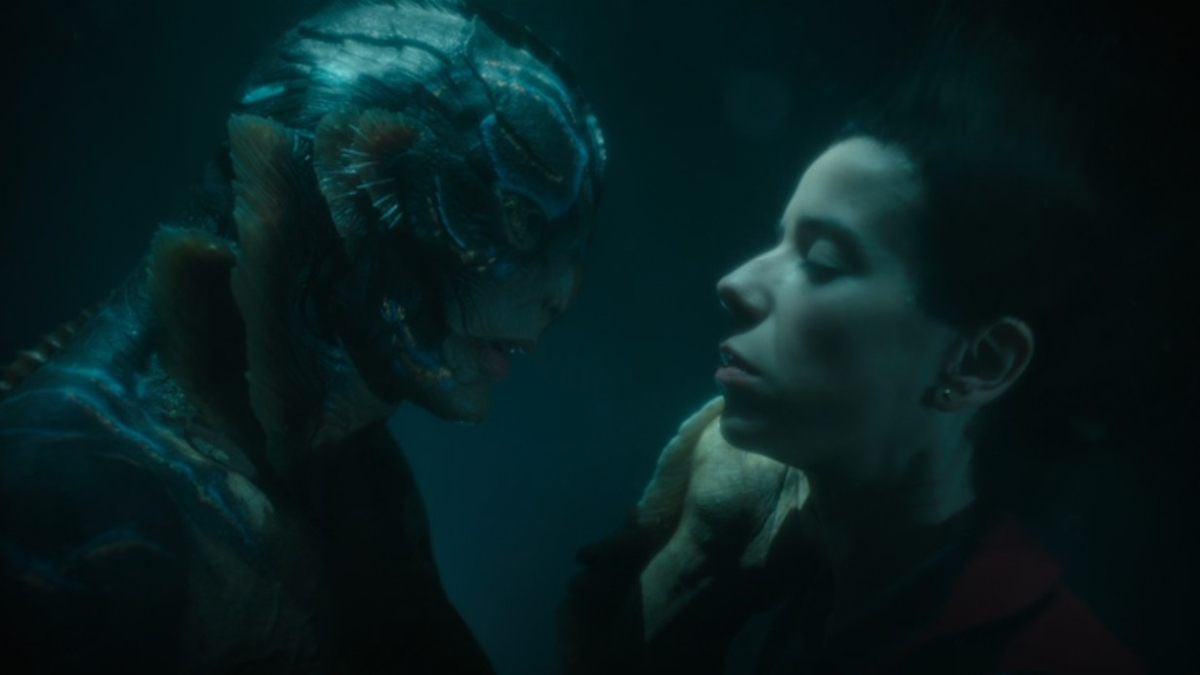
Once upon a time, and a long time ago, a young Guillermo del Toro watched Creature From the Black Lagoon and thought the monster and the beautiful woman should actually be in love. Fast forward to 2017, and del Toro releases his tender fantasy romance The Shape of Water, in which a mute janitor at a government facility falls in love with a captive sea creature (played by Doug Jones). Released in a time when hatred was the default setting in national politics, The Shape of Water testifies that only love is the thing that can truly fill our lives.
11. The Texas Chain Saw Massacre (1974)
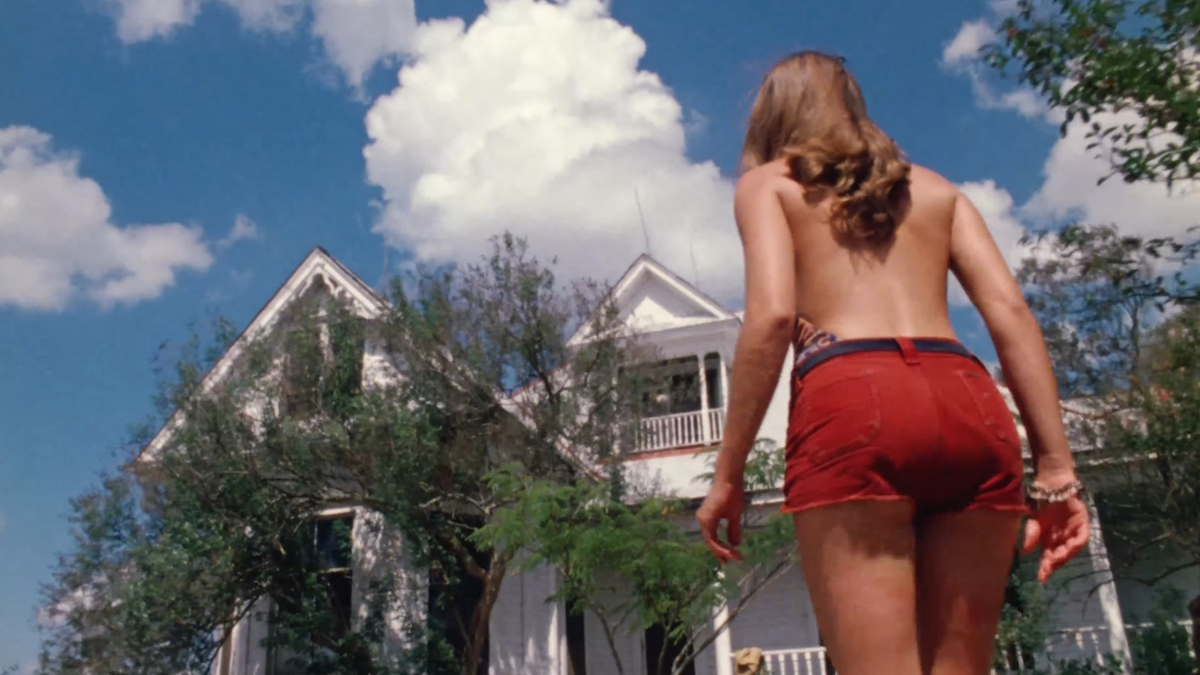
An important release in the canon of horror and American independent cinema, Tobe Hooper’s The Texas Chain Saw Massacre famously introduced the crazed Leatherface (played by Gunnar Hansen) into the mainstream. While its story of lost teenagers targeted by cannibal hicks now feels quaint, Hooper’s vision is still striking after all these years. In a 2004 interview with Texas Monthly, Hooper said that he was inspired by a “lack of sentimentality and the brutality of things” in the news, and his belief that “man was the real monster, just wearing a different face, so I put a literal mask on the monster in my film.”
10. The Host (2006)
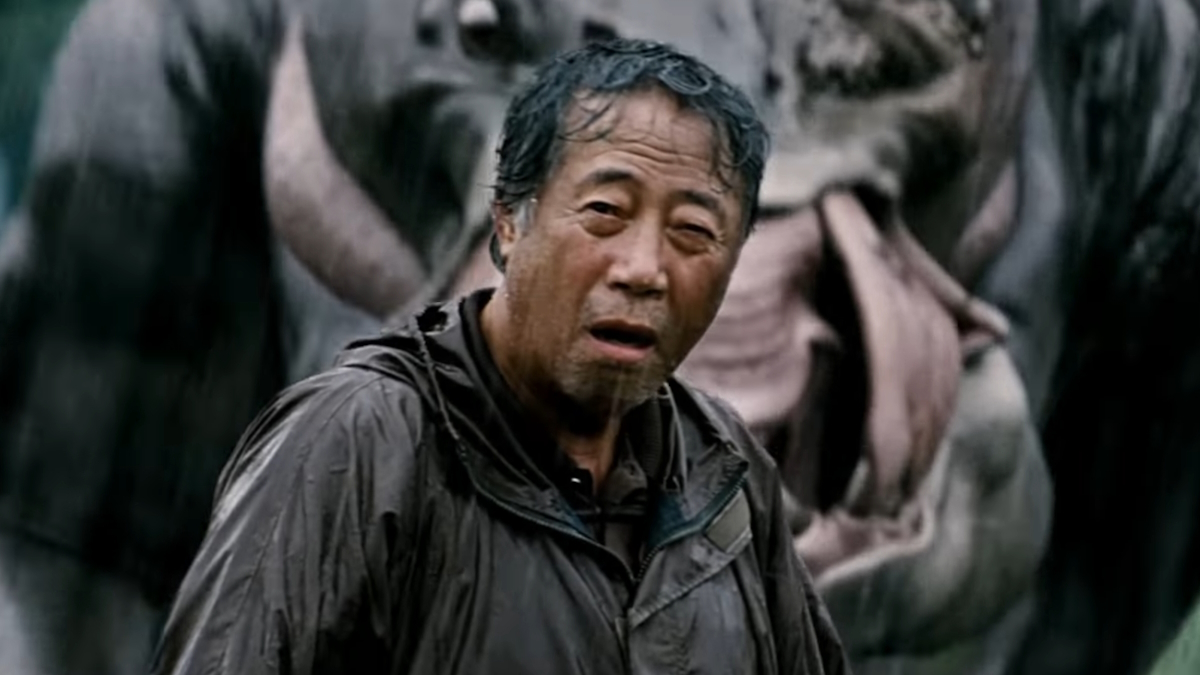
In his third feature as a director, Bong Joon-ho uses the conventions of monster movies to dive deep into both personal and political matters. When a strange aquatic creature rises to the surface and kidnaps a young girl, her underachieving father (Song Kang-ho) rises to the occasion to rescue her. While The Host, an acclaimed modern classic, is primarily a family drama, Bong Joon-ho lets his claws out to satirize the inefficiencies of governments and intrusive foreign imperialists.
9. Us (2019)
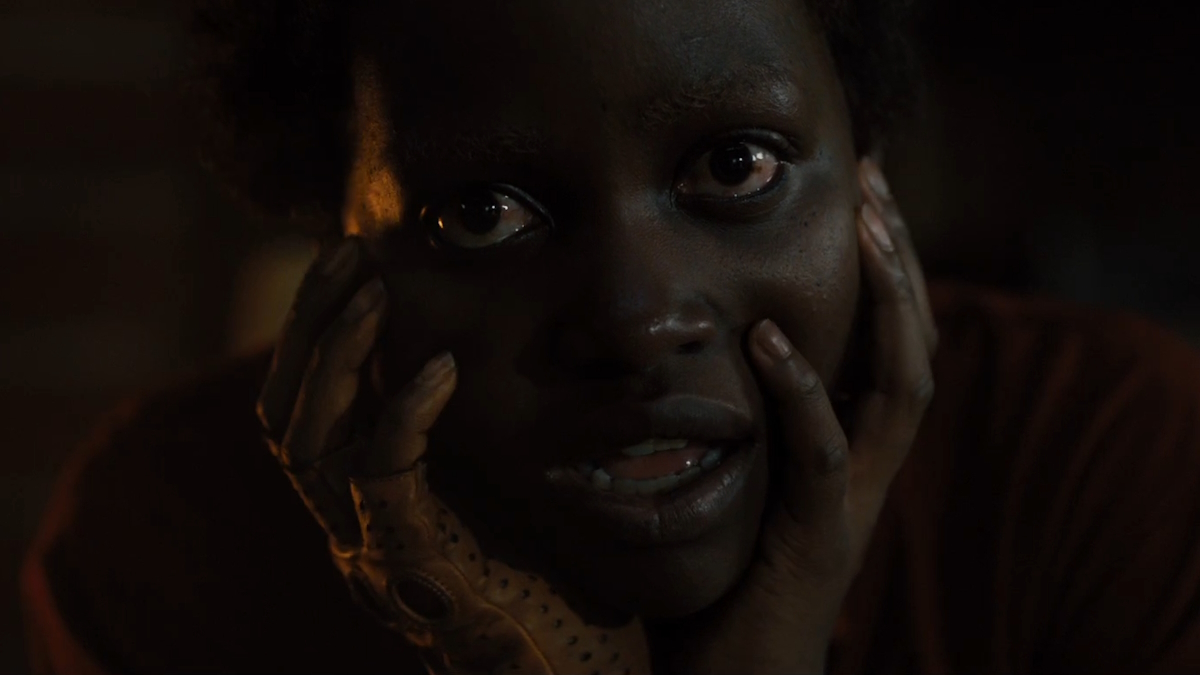
There’s nothing scarier than looking into one’s own eyes. From Jordan Peele is his sophomore horror film from 2019, Us, a chilling blockbuster that plays into the eerie myth of doppelgangers. When a family of four (anchored by lead Lupita Nyong’o as wife/mother Addy) vacation to Addy’s hometown of Santa Cruz, they find themselves targeted by their own evil doubles. While Us is somewhat convoluted in its worldbuilding, it is still a riveting work of art by Peele whose film proposes a most terrifying thought, that being any one of us might actually be a monster.
8. Gamera: Guardian of the Universe (1995)
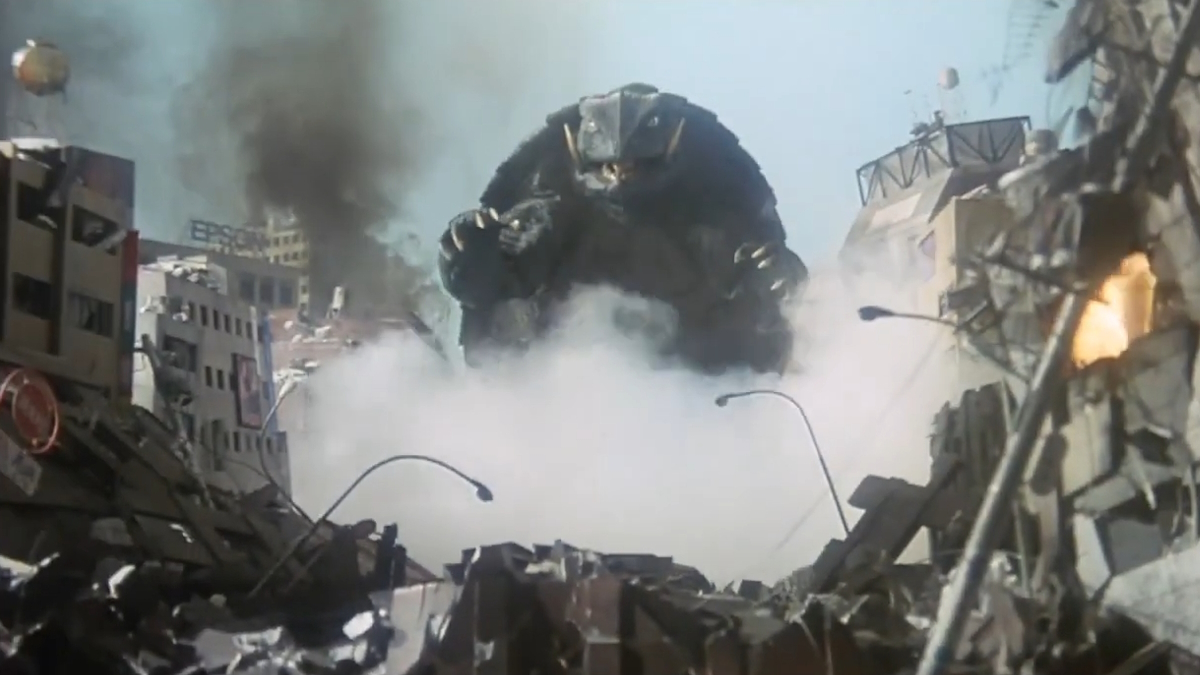
Godzilla ain’t the only kaiju boss in town. Since his debut in the 1965 film Gamera, the Giant Monster, this prehistoric turtle monster has enjoyed his own legion of fans. In 1995, Godzilla’s producers Toho embarked on an ambitious modern reboot trilogy, beginning with the acclaimed film Gamera: Guardian of the Universe from director Shusuke Kaneko. While it has a pedestrian story, Guardian of the Universe has a more interesting as an accessible alternative to Godzilla, making it ideal for budding kaiju fans eager to try something different. Gamera: Guardian of the Universe is Heisei era tokusatsu at its finest, with palpable weight and gravity in the action scenes to make them practically quake with impact.
7. Wes Craven’s New Nightmare (1994)
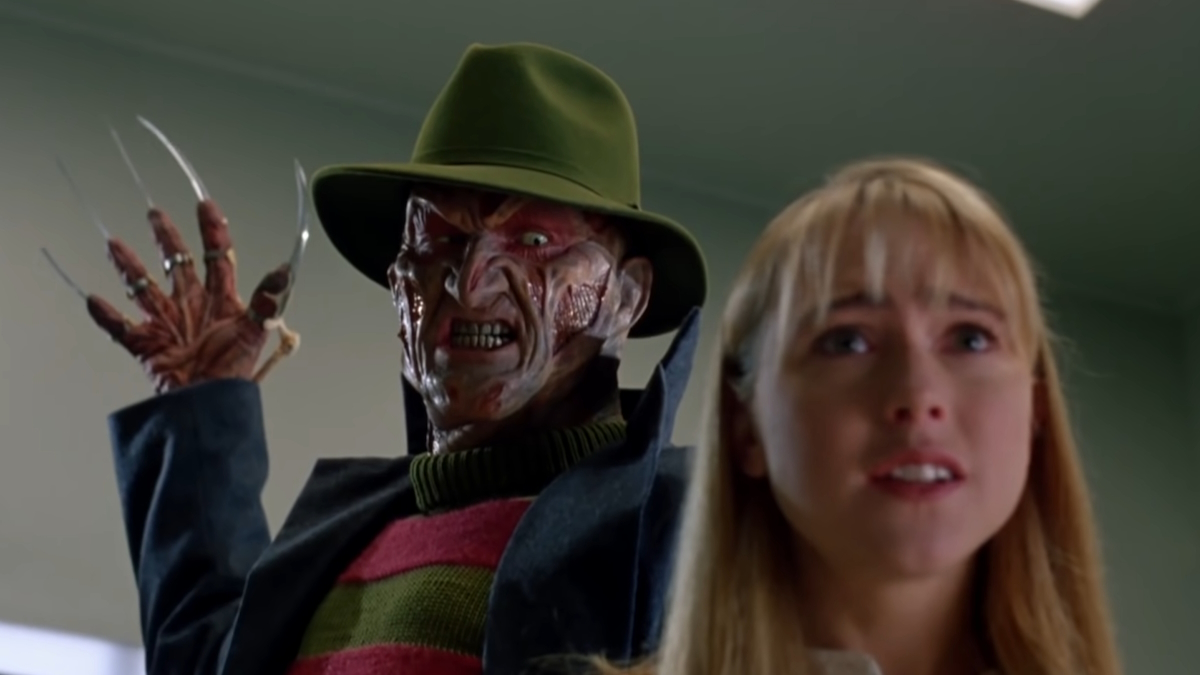
Ten years after Wes Craven introduced the world to Freddy Kruger, his 1994 film New Nightmare eroded the barriers separating what’s real and what’s make-believe. Set in the “real world,” original Nightmare on Elm Street star Heather Langenkamp plays a version of herself in which she’s stalked by Freddy Kruger, a genuinely evil entity whose movies released by New Line were actually a way to keep him confined. While Craven’s first entry in the series is an undisputed classic, New Nightmare deserves recognition for its genius approach to spicing up the series that had since devolved into empty camp. New Nightmare is the first time in a long time where Freddy feels legitimately dangerous to the point it scares even Robert Englund, who also appears in New Nightmare as himself.
6. The Thing (1982)
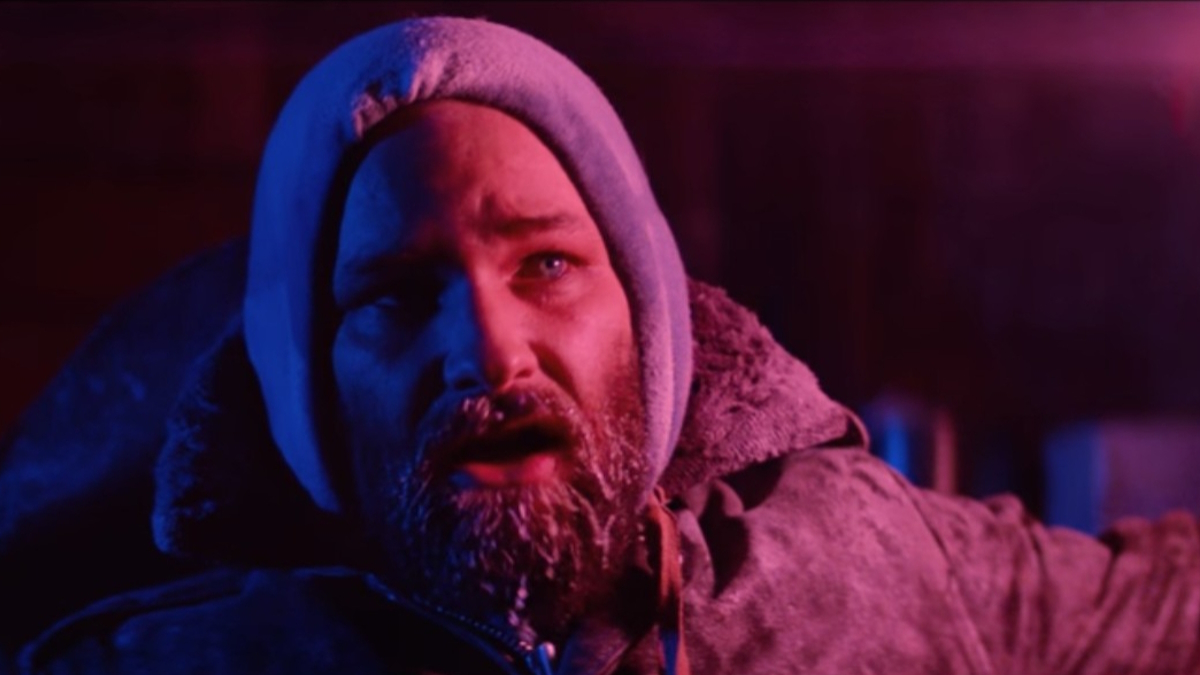
Although John Carpenter’s 1982 classic The Thing bombed at the box office, it remains one of the most celebrated horror movies ever made. Set in a faraway research facility in Antarctica, a metamorphing alien parasite ravages a team of American scientists (led by Kurt Russell in an early leading role) who find themselves succumbing to their paranoia. In the end, it doesn’t matter who is human or not. What matters is that any one of us can become just as monstrous when we let fear take control of ourselves.
5. Godzilla Minus One (2023)
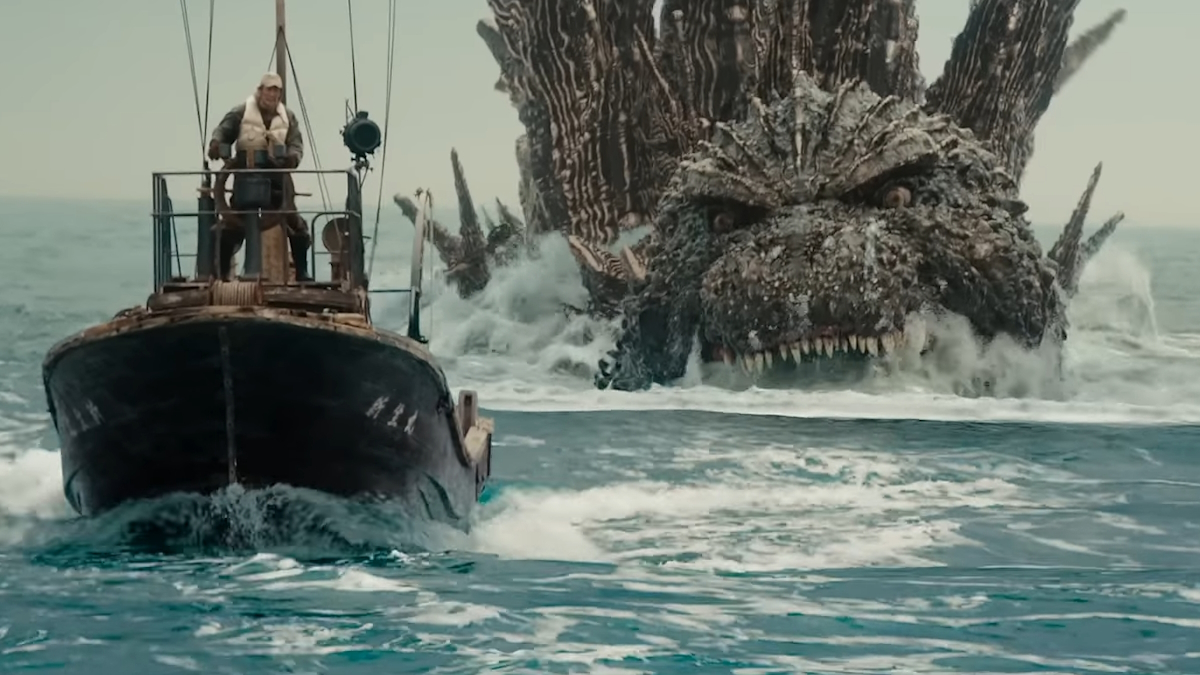
In the same era that Warner Bros. pumped out cinematic wrestling matches like Godzilla vs. Kong, Toho also released lean, mean movies like Godzilla Minus One. Maintaining franchise tradition for politically-minded and emotionally-driven stories, Godzilla Minus One is a stand-alone feature about a kamikaze pilot and Godzilla survivor who returns home and starts a “family” with strangers, all of whom lost their own family in the war. But when Godzilla surfaces over Japan - still in economic and psychological recovery from World War II - the pilot decides to follow through on his abandoned mission. This critically acclaimed blockbuster was a surprise success around the world, and even won the Oscar for Best Visual Effects.
4. Bride of Frankenstein (1935)
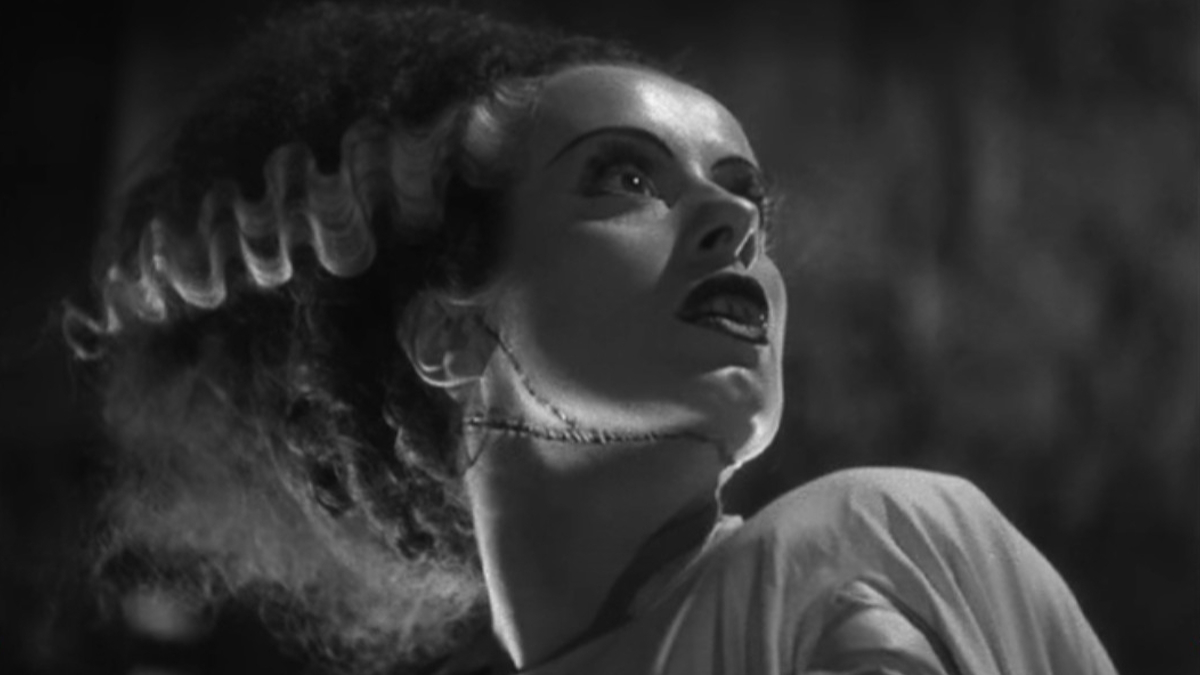
“We belong dead.” In James Whale’s heart-wrenching sequel to his own 1931 blockbuster Frankenstein, Boris Karloff and Colin Clive return as monster and Dr. Frankenstein, respectively, with the doctor forced to animate a “bride” for his monster. Elsa Lanchester plays the title character, who is also nicknamed Mary Shelley in homage to Frankenstein’s author. While the predecessor film is a monumental classic that did right by Shelley’s novel including its themes of unholy science, Bride of Frankenstein expands on the story, proposing deeper dimensions with regards to sexuality, societal norms, and even romantic rejection.
3. Nosferatu (1922)
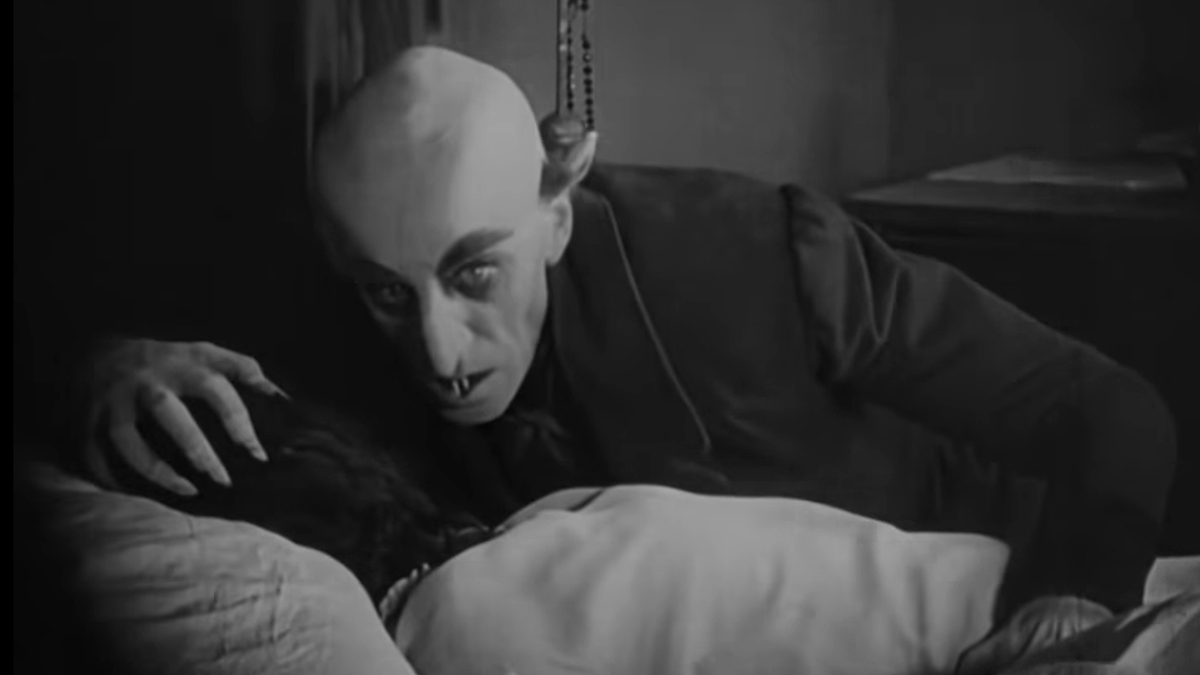
All vampires bow to Dracula, but even Dracula knows of one to never cross. Although F.W. Murnau’s classic 1922 silent masterpiece Nosferatu is an unofficial adaptation of Bram Stoker’s Dracula novel - the Stoker estate even hit the filmmakers with a lawsuit - its fearsome monster Count Orlok is far different, and far more revolting, than Dracula. I mean, just look at him! Portrayed by actor Max Schreck, Count Orlok resembles an ill goblin that has never seen sunlight. Appearing in the silver screen years before Dracula even got his own official movie adaptation, Count Orlok struck fear into the hearts of millions, in a silent movie classic where the lack of noise only makes his gaunt appearance all the more uncanny.
2. Gojira (1954)
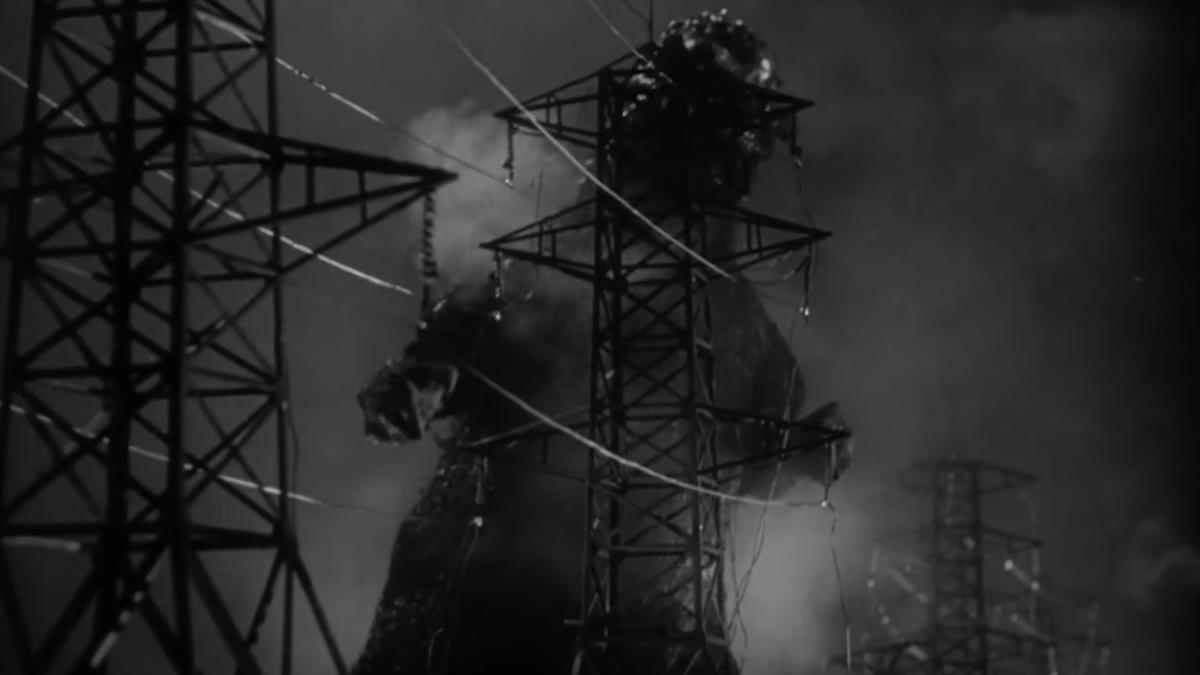
All hail the king of the monsters. In the original Japanese classic by Ishirō Honda, Godzilla rises from the nuclear-poisoned ocean to remind humanity of its imminent annihilation should it continue with its atomic arsenal. Godzilla premiered just over a decade after Japan suffered the only nuclear attacks in history, ensuring that the kaiju and horror genres will always be rooted in political and socio-cultural allegory. Just because the costumes are rubber and the buildings are cardboard doesn’t mean that the truth contained in them aren’t real.
1. Jaws (1975)
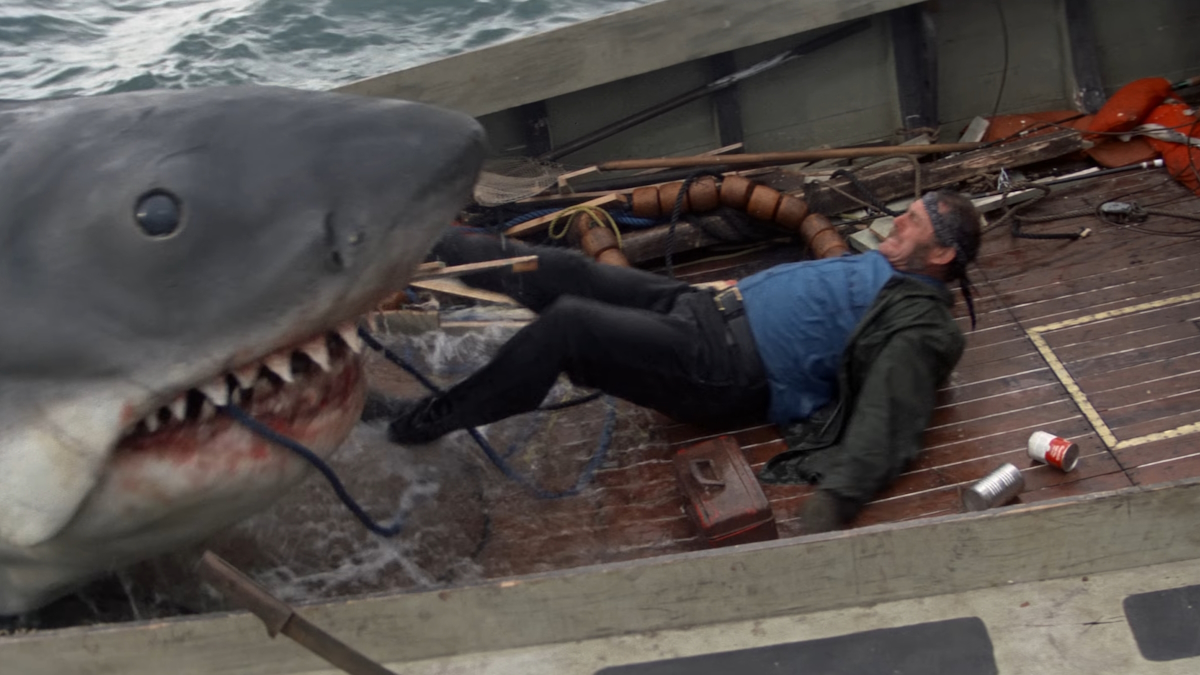
The shark, which was nicknamed Bruce, kept breaking down. It was just one of many technical problems that plagued Steven Spielberg on the set of his second feature film Jaws. To circumvent problems, Spielberg decided to only show the shark puppet sparingly on camera. The result is one of the greatest decisions in movie history. With Jaws, there is an unavoidable air of suspense, as this bloodthirsty maneater swimming in the water probably, always, lurking close. In this towering summer horror classic, technical limitations inspired creative ingenuity, and a sense of dread that no one would have thought of if everything worked out so well. Of all the monsters ever in movie history, “the shark” in Jaws probably has the least amount of screentime. But it’s still one of the scariest and deadliest of them all.







